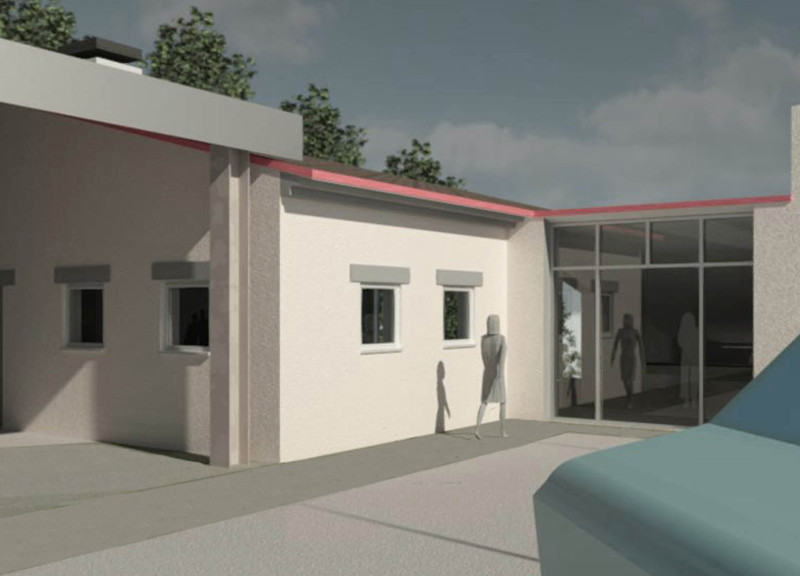5 key facts about this project
The new wine tasting facility showcases a careful balance between functionality and environmental responsibility. It is situated at a lower ground level, thoughtfully designed to enhance the wine tasting experience while utilizing renewable energy sources. The concept emphasizes efficient heating and ventilation systems, working in tandem with the landscape to create an enjoyable setting for visitors.
Heating and Ventilation
Biomass boilers are strategically placed on the lower ground floor. These systems use an automated process in which wood chips are delivered via a bulk chute into storage. A feed screw moves the chips into the biomass primary loop, which provides heat for underfloor heating and hot water. This approach highlights a commitment to energy efficiency and sustainability. Natural ventilation is achieved through windows that can be opened, and Mechanical Ventilation with Heat Recovery (MVHR) is also considered as an option to improve indoor air quality.
Landscape Integration
The landscape design is an integral part of the overall concept. Existing trees to the southeast are kept, while new cypress trees are added along the road leading to the car parking area. This not only marks the entrance but also supports the local ecology. Uplighting for the cypress trees enhances the site's appeal after dark, blending the built environment with nature in a supportive way.
Architectural Elements
The facility features two main parts: the wine tasting room and the entrance pavilion. The wine tasting room has a hipped roof that ties it visually to the nearby buildings, creating a unified architectural character. In contrast, the entrance pavilion has a simpler mono-pitched roof, welcoming visitors and guiding them into the building.
Functional Spaces
The lower ground floor is designed to accommodate various uses. It includes an external loggia and a spacious terrace for overflow from the wine tasting room. This flexibility allows for different functions, such as private offices or meeting rooms, to take place. Additionally, the boiler systems, their fuel storage, the hot water cylinder, and staff facilities are all located on this level. This organization helps to maintain the building’s aesthetic while ensuring that essential infrastructure is accessible and efficient.
The lighting strategy includes waterproof ground spots outside and industrial pendant lights inside. This choice of lighting supports a straightforward yet effective ambiance, highlighting the architectural features while ensuring the building remains inviting. The design elements come together to create a space that is both functional and supportive of the visitors' experience.






















































